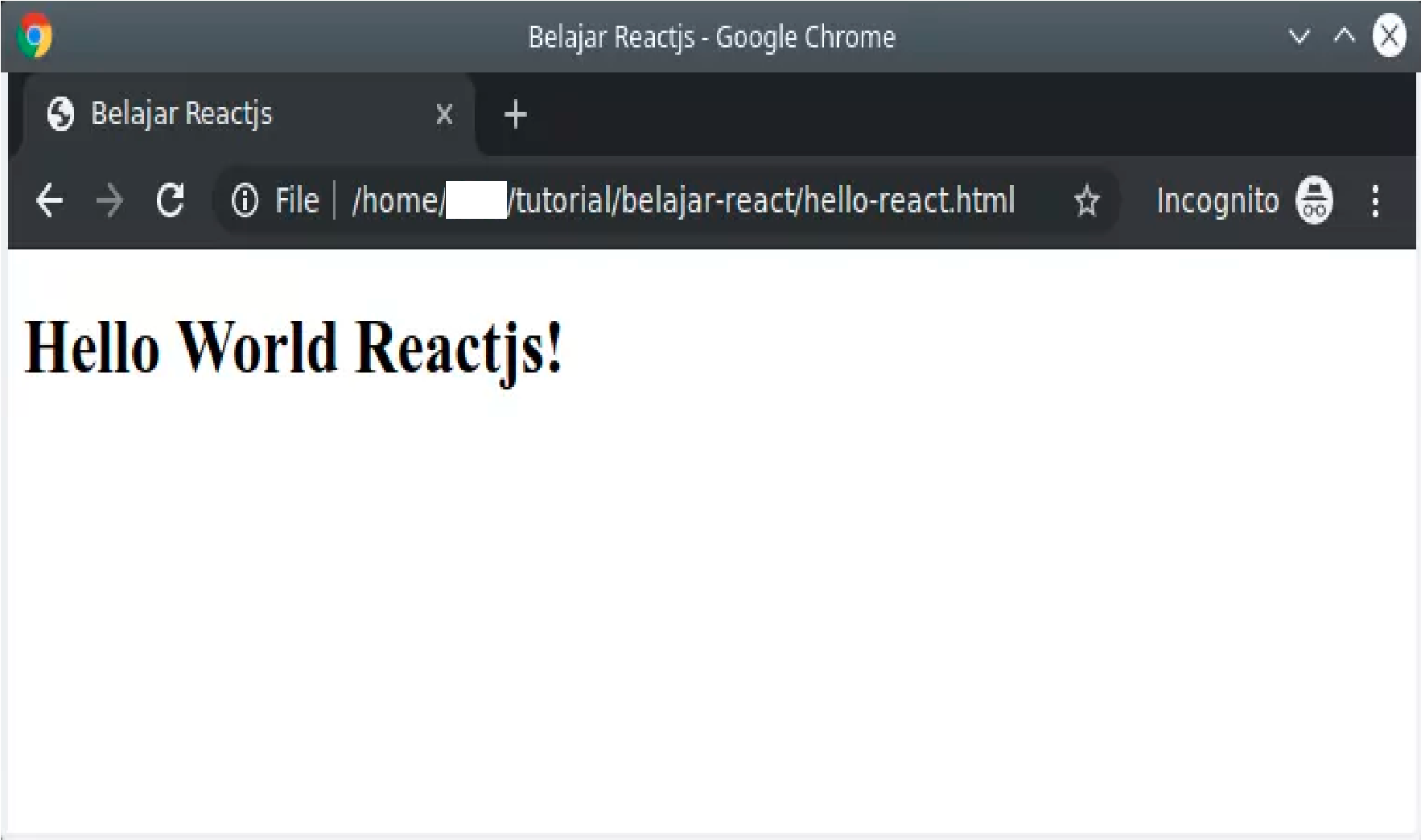
- #Unpkg pdf.worker.js pdf#
- #Unpkg pdf.worker.js install#
- #Unpkg pdf.worker.js portable#
- #Unpkg pdf.worker.js code#
The PDF.js files are large and should be minified for production.

Both scripts are needed but only pdf.js needs to be included since will be loaded by pdf.js. This will generate pdf.js and in the build/generic/build/ directory (respectively build/generic-legacy/build/). If you need to support older browsers, run: $ gulp generic-legacy In order to bundle all src/ files into two production scripts and build the generic viewer, run: $ gulp generic
#Unpkg pdf.worker.js pdf#
It is also possible to view all test PDF files on the right side by opening:
#Unpkg pdf.worker.js install#
If everything worked out, install all dependencies for PDF.js: $ npm installįinally, you need to start a local web server as some browsers do not allow opening PDF files using a file:// URL. You need to install the gulp package globally (see also gulp's getting started): $ npm install -g gulp-cli Next, install Node.js via the official package or via nvm. To get a local copy of the current code, clone it using git: $ git clone $ cd pdf.js Then open Chrome, go to Tools > Extension and load the (unpackaged) extension from the directory build/chromium.
#Unpkg pdf.worker.js code#
This extension is maintained by Build Your Own - Get the code as explained below and issue gulp chromium. The official extension for Chrome can be installed from the Chrome Web Store.PDF.js is built into version 19+ of Firefox. Please note that the "Modern browsers" version assumes native support for features such as async/ await, optional chaining, nullish coalescing, and private class fields/methods. To get involved, visit:įeel free to stop by our Matrix room for questions or guidance. PDF.js is an open source project and always looking for more contributors. Our goal is to create a general-purpose, web standards-based platform for parsing and rendering PDFs. PDF.js is community-driven and supported by Mozilla.
#Unpkg pdf.worker.js portable#
More documentation can be found in our wiki is a Portable Document Format (PDF) viewer that is built with HTML5. More Informationįor a further walkthrough of a minimal viewer, see the hello world example. If you’re using the source build and have node, you can run gulp server. Note: the worker is not enabled for file:// urls, so use a server. With the prebuilt or source version, open web/viewer.html in a browser and the test pdf should load. └── package.json - package definition and dependencies Trying the Viewer ├── package-lock.json - pinned dependency versions ├── test/ - unit, font, reference, and integration tests │ └── worker_loader.js - used for developer builds to load worker files │ ├── pdf.*.js - wrapper files for bundling │ ├── interfaces.js - interface definitions for the core/display layers │ ├── shared/ - shared code between the core and display layers ├── extensions/ - browser extension source code └── LICENSE Source ├── docs/ - website source code │ └── viewer.js.map - viewer layer's source map

│ ├── images/ - images for the viewer and annotation icons │ ├── debugger.js - helpful debugging features │ ├── cmaps/ - character maps (required by core)

│ ├── pdf.js.map - display layer's source map Note that we only mention the most relevant files and folders. To get a local copy of the current code, clone it using git: However, we do ask if you plan to embed the viewer in your own site, that it not just be an unmodified version. It can be a good starting point for building your own viewer. The viewer is built on the display layer and is the UI for PDF viewer in Firefox and the other browser extensions within the project. This API is what the version number is based on. The display layer takes the core layer and exposes an easier to use API to render PDFs and get other information out of a document. For an example of using the core layer see the PDF Object Browser. It is not documented here because using it directly is considered an advanced usage and the API is likely to change. This layer is the foundation for all subsequent layers. The core layer is where a binary PDF is parsed and interpreted. Introductionīefore downloading PDF.js please take a moment to understand the different layers of the PDF.js project.


 0 kommentar(er)
0 kommentar(er)
